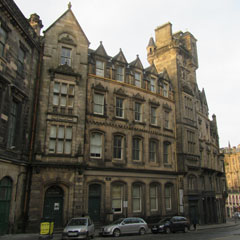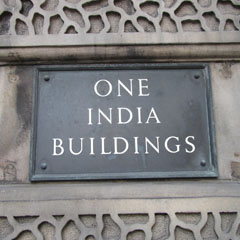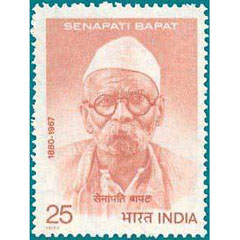 Riddle’s Court, 322/8 Lawnmarket, Edinburgh EH1 2PQ
Riddle’s Court, 322/8 Lawnmarket, Edinburgh EH1 2PQ
Restored as his publishing house by Patrick Geddes, activist, sociologist, Professor at Bombay University (1919-23), who corresponded on education with Nobel prize-winner Rabindranath Tagore, this was also a pioneering student hall: medical students from Mauritius and Madras stayed here in 1896. Riddle’s Court also hosted a 1598 banquet for the Duke of Holstein, brother-in-law to James VI: £600 (2016 money), was paid to William Flebairn for spices. Further down the Royal Mile, in what is now the City Chambers, in 1798 John Caird advertised ‘real India curry powder, in the original package’ at £18 (2016 money).
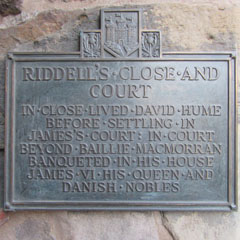
Plaque comemorating a banquet of James VI’s time.
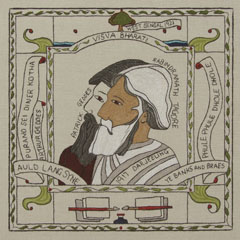
Tapestry showing Patrick Geddes and Rabindranath Tagore meeting in Darjeeling.
Find out more

 Milne’s Ct, Edinburgh EH1 2NE
Milne’s Ct, Edinburgh EH1 2NE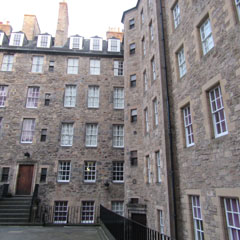

 Heart of Midlothian Mosaic, 197 High St, Edinburgh EH1 1PE
Heart of Midlothian Mosaic, 197 High St, Edinburgh EH1 1PE
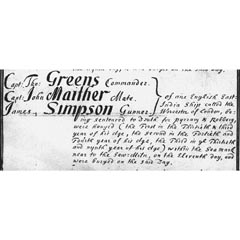
 St Giles’ High Kirk of Edinburgh, High St, Edinburgh EH1 1RE
St Giles’ High Kirk of Edinburgh, High St, Edinburgh EH1 1RE
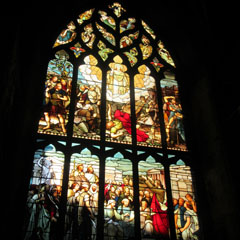
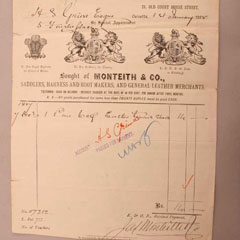
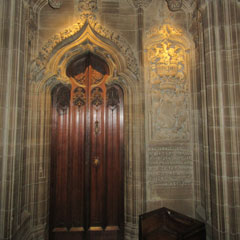 The Thistle Chapel, St Giles’ High Kirk of Edinburgh, High St, Edinburgh EH1 1RE
The Thistle Chapel, St Giles’ High Kirk of Edinburgh, High St, Edinburgh EH1 1RE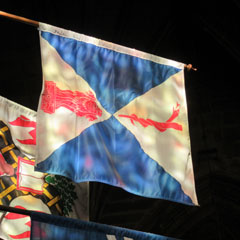


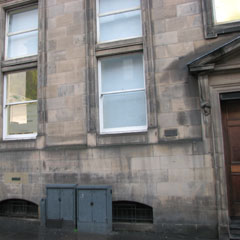 Craig’s Close (now 249 High Street), Edinburgh EH1 1DF
Craig’s Close (now 249 High Street), Edinburgh EH1 1DF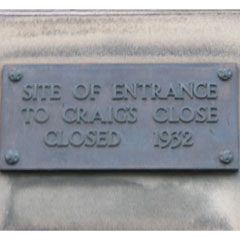
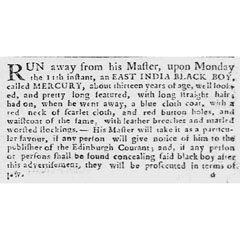
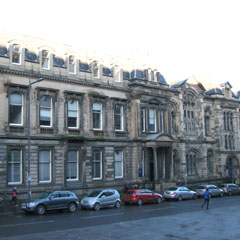 Minto House, The University of Edinburgh, 20-22 Chambers St, Edinburgh EH1 1JZ
Minto House, The University of Edinburgh, 20-22 Chambers St, Edinburgh EH1 1JZ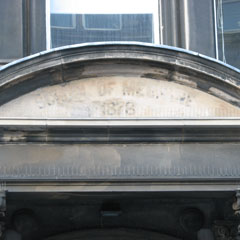
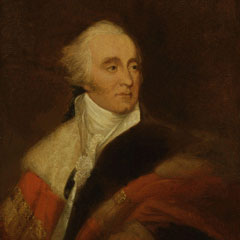
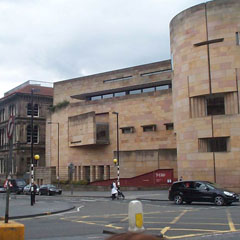 National Museum of Scotland, Chambers St, Edinburgh EH1 1JF
National Museum of Scotland, Chambers St, Edinburgh EH1 1JF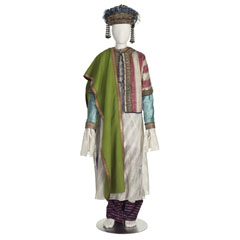
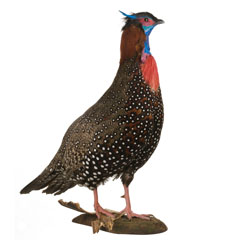
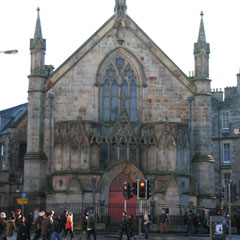 Bristo Port, Edinburgh EH1 1EY
Bristo Port, Edinburgh EH1 1EY
